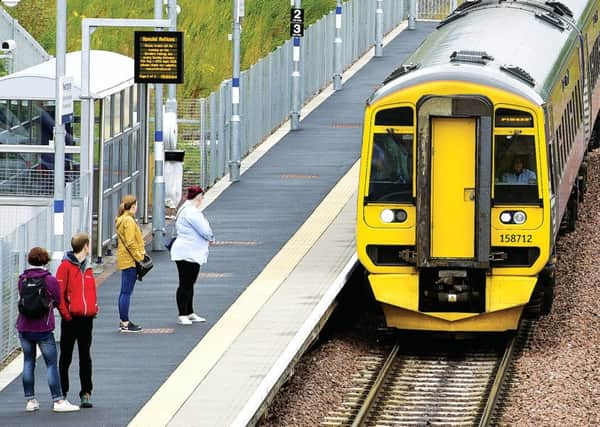Leader: Double trouble for Borders Railway passengers


Such has been the enthusiasm for the line that there have been calls for it to be extended to Melrose and Hawick – which makes perfect sense – and, more ambitiously, to Carlisle. These would be exciting and genuinely progressive developments, but there are more pressing issues to address first, because passenger numbers do not tell the whole story.
Anyone who has experienced a steam train excursion on the Borders Line is likely to report a very enjoyable day out, but there a world of difference between a leisurely excursion and a commuter trying to get to work on time. And on the latter front, there are matters to address.
Advertisement
Hide AdAdvertisement
Hide AdToday we report on worrying claims by campaigners that only one in four or one in five services are reaching their destination on time. For a brand new line, which should be beyond the stage of suffering teething problems, that’s a poor return, especially for an outlay of £350 million. It’s not good enough to take the attitude that Borderers should be grateful to have their line back, or that any railway is better than no railway, or that the operators are making the best of a bad job.
We are told that there is no single reason why the punctuality of services is unreliable, but overall the combined factors point to a fragility that was feared when the railway was constructed. It is not robust, and was never likely to be when the decision was taken to use single track on sections of the line to save money.
At this stage, talk of extending the line should be banished. Until ongoing problems are resolved, a longer line will only result in longer delays. And if no great improvement is forthcoming, serious consideration should be given to using any available resource to first of all doubling the track on its existing length – as it was originally built.